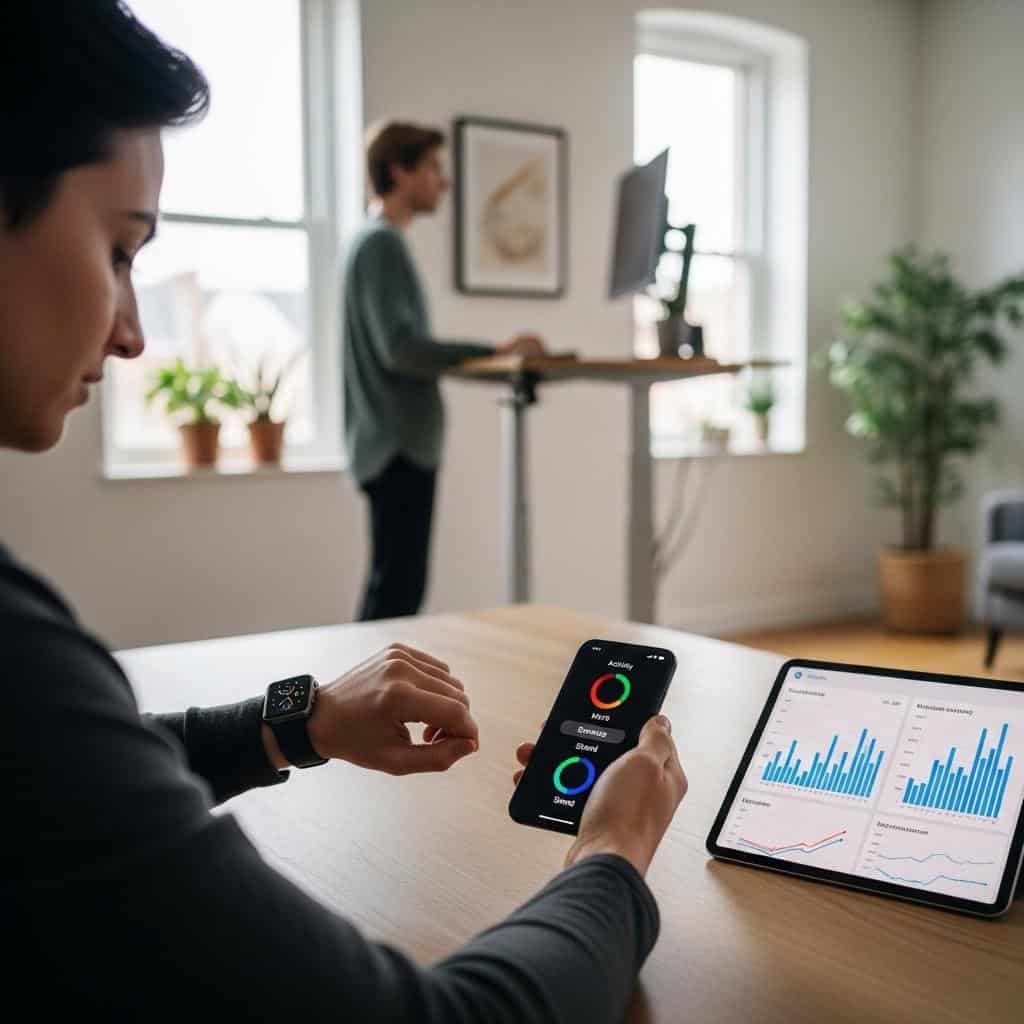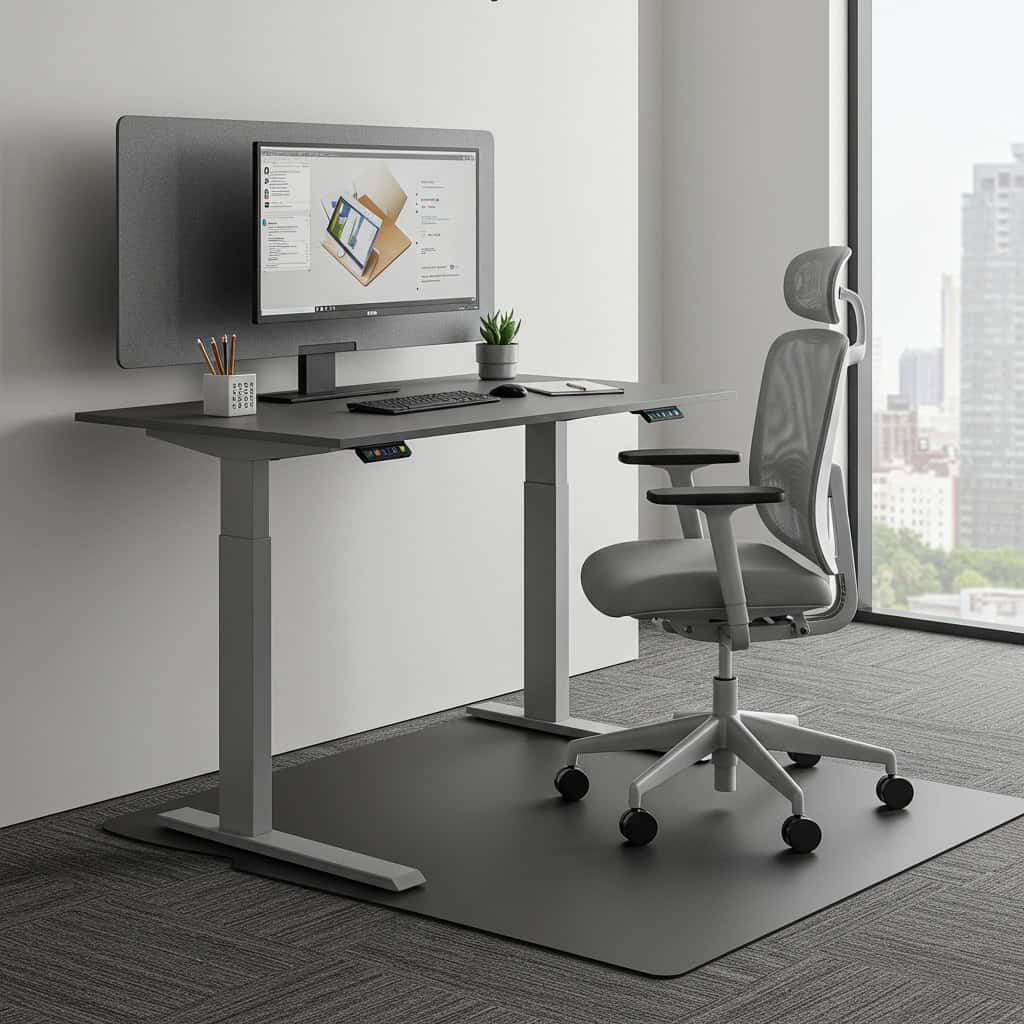Prolonged sitting has been linked to serious health risks, including heart disease, diabetes, and even early mortality, while incorporating more standing into your day can boost energy and burn more calories. But is simply swapping all your sitting for standing the answer? New research highlights the importance of striking the right balance between sitting and standing for optimal health. In this article, you’ll discover evidence-based guidelines, actionable tips, and practical steps for achieving the healthiest mix—helping you boost productivity and well-being.










